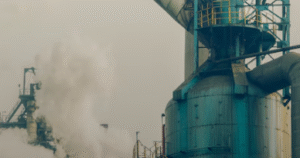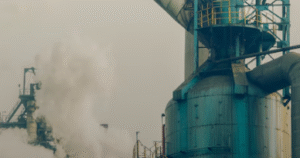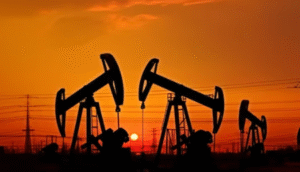$TOT $NG=F $XOM
#LNG #EuropeEnergy #NaturalGas #TotalEnergies #Germany #France #EnergyCrisis #FossilFuels #GasPrices #FloatingLNG #OnshoreGas #EnergyMarkets
Despite surging natural gas prices and increased demand for liquefied natural gas (LNG) in Europe, floating LNG import terminals in France and Germany remain underutilized due to their high operating costs. The shift away from Russian pipeline gas following the Ukraine war prompted emergency measures from European nations, including the development of floating LNG terminals. However, these floating terminals, while offering flexibility and rapid deployment, have struggled to compete financially with onshore regasification terminals. The cost of operating floating storage and regasification units (FSRUs) is considerably higher than traditional land-based facilities, making them less attractive despite continued uncertainty in global gas markets. This situation highlights the delicate balance between energy security, affordability, and infrastructure investment across the European Union.
One notable example is the Le Havre floating LNG terminal in France, operated by TotalEnergies. Commissioned in 2023 as an emergency response to energy shortages, the Cape Ann floating storage and regasification unit (FSRU) was expected to boost LNG imports. However, months later, the terminal has remained largely idle, with market participants favoring onshore terminals due to their lower operational costs. The cost differential between floating and onshore LNG regasification facilities primarily stems from leasing fees, fuel consumption, and maintenance expenses, which together make floating terminals a less competitive alternative. In Germany, a similar trend is evident, where newly established floating LNG terminals see less utilization than initially anticipated, underscoring the challenges associated with long-term reliance on such infrastructure.
The financial impact of these idle floating terminals extends beyond individual companies like TotalEnergies. LNG cargo owners and traders are taking note of the price discrepancies, opting to divert supplies to more cost-efficient destinations within Europe or Asia. This has placed further pressure on European gas prices, which have remained volatile due to persistent supply chain uncertainties. Benchmark European natural gas futures, such as the Dutch TTF contract ($NG=F), have experienced significant fluctuations throughout 2024, highlighting the fragile nature of the continent’s energy supply chain. Additionally, energy majors such as ExxonMobil ($XOM) continue to assess the economic feasibility of new LNG investments, particularly in regions where infrastructure costs are more competitive.
Looking ahead, the underutilization of floating LNG terminals raises questions about their long-term viability. While they provided a crucial stopgap measure in the immediate aftermath of the Russian gas import cut, their financial sustainability remains uncertain. European policymakers may need to reconsider their LNG strategy to ensure cost-effectiveness while maintaining energy security. Investments in expanding onshore regasification capacity, along with strengthening long-term LNG supply contracts, could provide a more sustainable path forward. Meanwhile, companies like TotalEnergies ($TOT) face strategic decisions regarding the profitability of their floating LNG operations as competition from traditional gas infrastructure continues to dictate market dynamics.











Comments are closed.